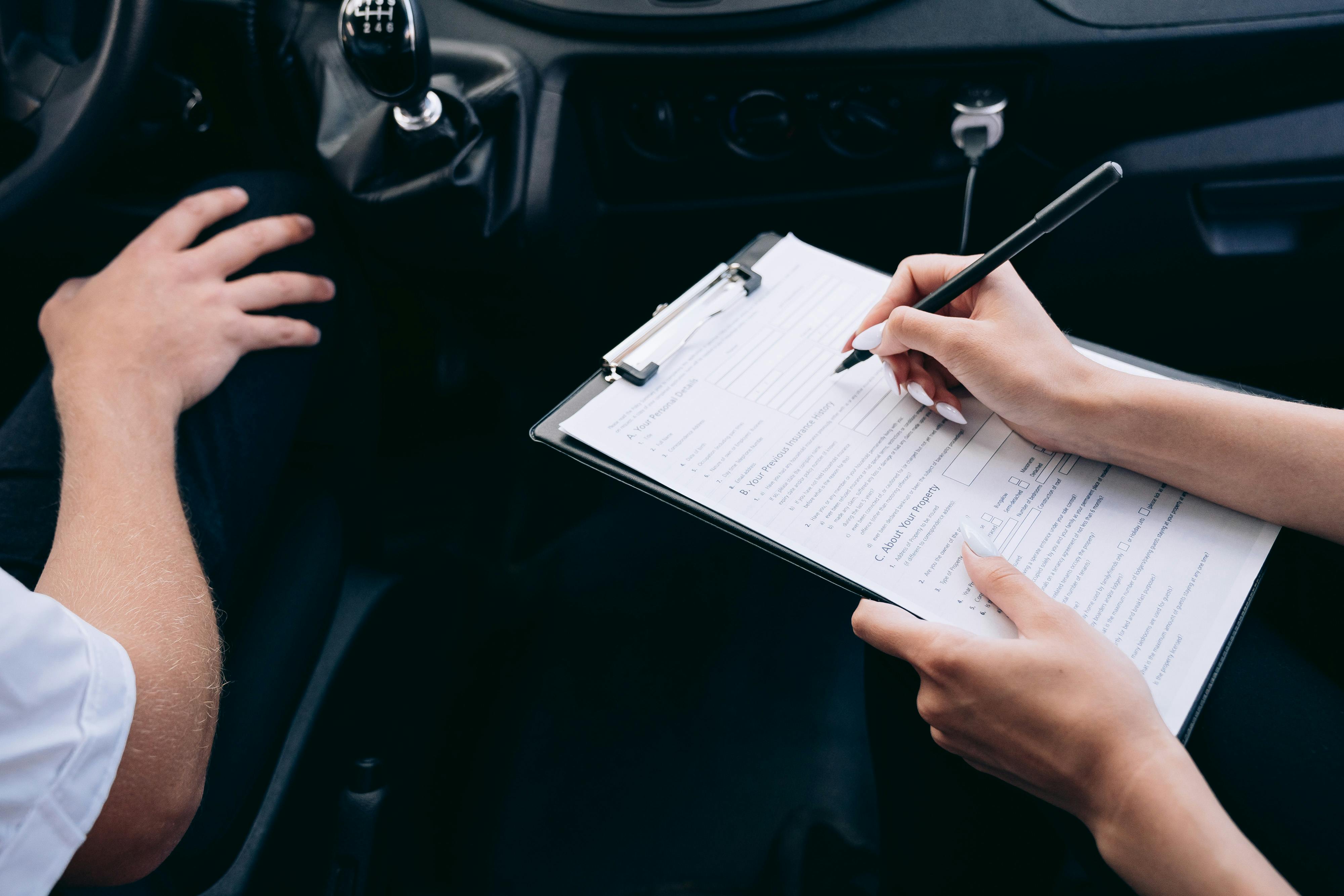

Auto Insurance Requirements in the USA
- home
- Blog
Auto Insurance Requirements in the USA
Auto insurance is a vital component of vehicle ownership in the United States, providing financial protection for drivers in the event of accidents, theft, or other unforeseen circumstances. Each state in the U.S. has its own set of requirements for auto insurance, and understanding these requirements is essential for maintaining legal driving status and safeguarding against financial loss. This article will explore the basic auto insurance requirements across the country, highlighting the different coverage types, minimum limits, and state-specific laws.
1. State Minimum Coverage Requirements
Every state in the U.S. mandates that drivers carry a minimum level of auto insurance to legally operate a vehicle. However, the specifics vary depending on the state. The two primary forms of minimum coverage required by most states are liability insurance and personal injury protection (PIP). Here’s an overview of the most common types of coverage and their significance:
- Liability Insurance: This is the most basic form of auto insurance, and it’s required in nearly every state. Liability insurance typically covers:
- Bodily Injury Liability: This pays for medical expenses, lost wages, and legal fees if you're responsible for injuring someone else in an accident.
- Property Damage Liability: This pays for damage to someone else’s property (e.g., their car, home, fence, etc.) that occurs due to your actions.
The minimum required limits for liability insurance vary by state, but most states require a combination of bodily injury and property damage liability coverage, expressed as three numbers (e.g., 25/50/25). These numbers represent the maximum coverage limits for bodily injury per person, bodily injury per accident, and property damage per accident.
- Personal Injury Protection (PIP): Some states, particularly no-fault states, require Personal Injury Protection insurance. PIP covers medical expenses for injuries sustained by the driver and passengers, regardless of who was at fault in the accident. In no-fault states, PIP is often mandatory.
- Uninsured/Underinsured Motorist Coverage: In some states, drivers must carry uninsured or underinsured motorist coverage, which protects you if you're in an accident caused by a driver who doesn't have adequate insurance or no insurance at all.
2. No-Fault vs. At-Fault States
The U.S. is divided into two types of auto insurance systems based on how fault is determined in the event of an accident: no-fault and at-fault states.
- No-Fault States: In no-fault states, each driver's insurance company pays for their own medical expenses and other damages, regardless of who caused the accident. These states typically require PIP insurance. The primary purpose of no-fault insurance is to reduce the number of lawsuits arising from accidents and to streamline the claims process. States that follow the no-fault system include Florida, Michigan, New York, and New Jersey.
- At-Fault States: In at-fault states, the driver who causes the accident is liable for the damages. The injured party can seek compensation from the at-fault driver’s insurance or take legal action. Most states, including California, Texas, and Ohio, follow the at-fault system.
3. Minimum Liability Limits by State
While every state requires a minimum amount of auto insurance, the required limits vary significantly. It is crucial for drivers to be aware of their state's minimum insurance requirements to avoid penalties such as fines or license suspension. In some cases, the minimum coverage may not be enough to cover all expenses in the event of a serious accident, so drivers are often encouraged to purchase higher limits for better protection.
4. Penalties for Non-Compliance
Driving without the required auto insurance can result in significant penalties, which vary by state. Common consequences include:
- Fines: Drivers caught without insurance may face hefty fines, sometimes ranging from hundreds to thousands of dollars.
- License Suspension: Many states suspend or revoke the driver's license and vehicle registration until proof of insurance is provided.
- Vehicle Impoundment: In some cases, the vehicle involved may be impounded, and the driver must pay to retrieve it.
- Higher Insurance Rates: After being caught driving without insurance, individuals may face significantly higher premiums when they do purchase insurance, as insurers may consider them higher-risk drivers.
5. Additional Coverage Options
While meeting the minimum auto insurance requirements is a legal necessity, many drivers choose to purchase additional coverage for extra protection. Some common types of optional coverage include:
- Collision Coverage: Pays for damage to your vehicle caused by a collision, regardless of fault.
- Comprehensive Coverage: Covers non-collision damage, such as theft, vandalism, or natural disasters.
- Roadside Assistance: Provides services like towing, tire changes, and fuel delivery in case of emergencies.
- Gap Insurance: Protects drivers who owe more on their car loan or lease than their vehicle is worth in the event of a total loss.
6. Cost of Auto Insurance
The cost of auto insurance depends on various factors, including the driver’s age, driving history, type of vehicle, location, and the level of coverage purchased. Insurance premiums also vary between states, as states with higher accident rates or greater risk may have higher premiums. Drivers can shop around to compare quotes from different insurance providers to find the best rates.
7. Conclusion
Auto insurance is an essential requirement for driving legally and safely in the United States. While each state has different laws and coverage requirements, the basic components of liability, personal injury protection, and uninsured motorist coverage are standard. Understanding the minimum insurance requirements in your state, as well as considering additional coverage for peace of mind, will ensure that you're adequately protected in case of an accident. Being proactive in purchasing adequate coverage not only keeps you compliant with state laws but also safeguards you financially against the unpredictable nature of road risks.

